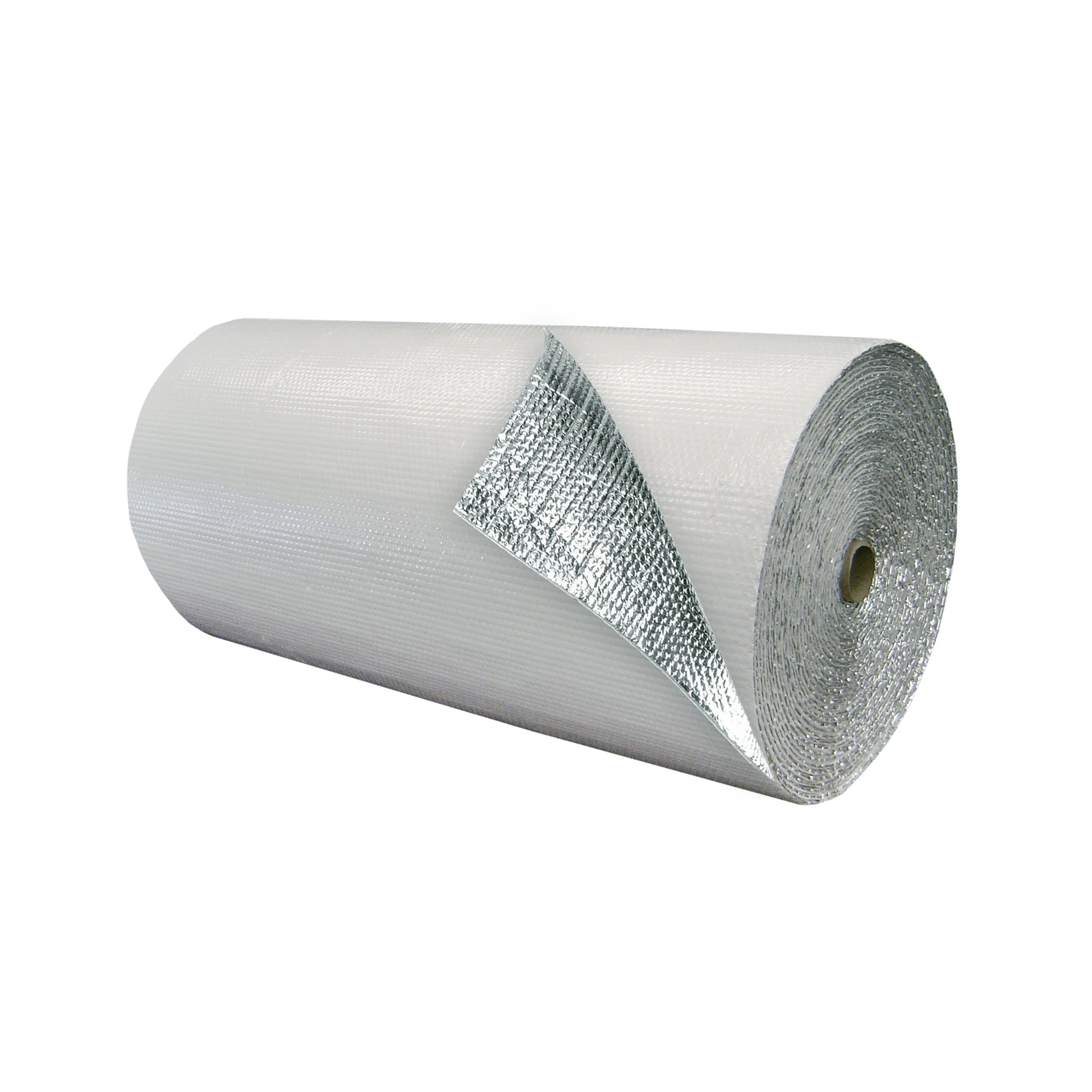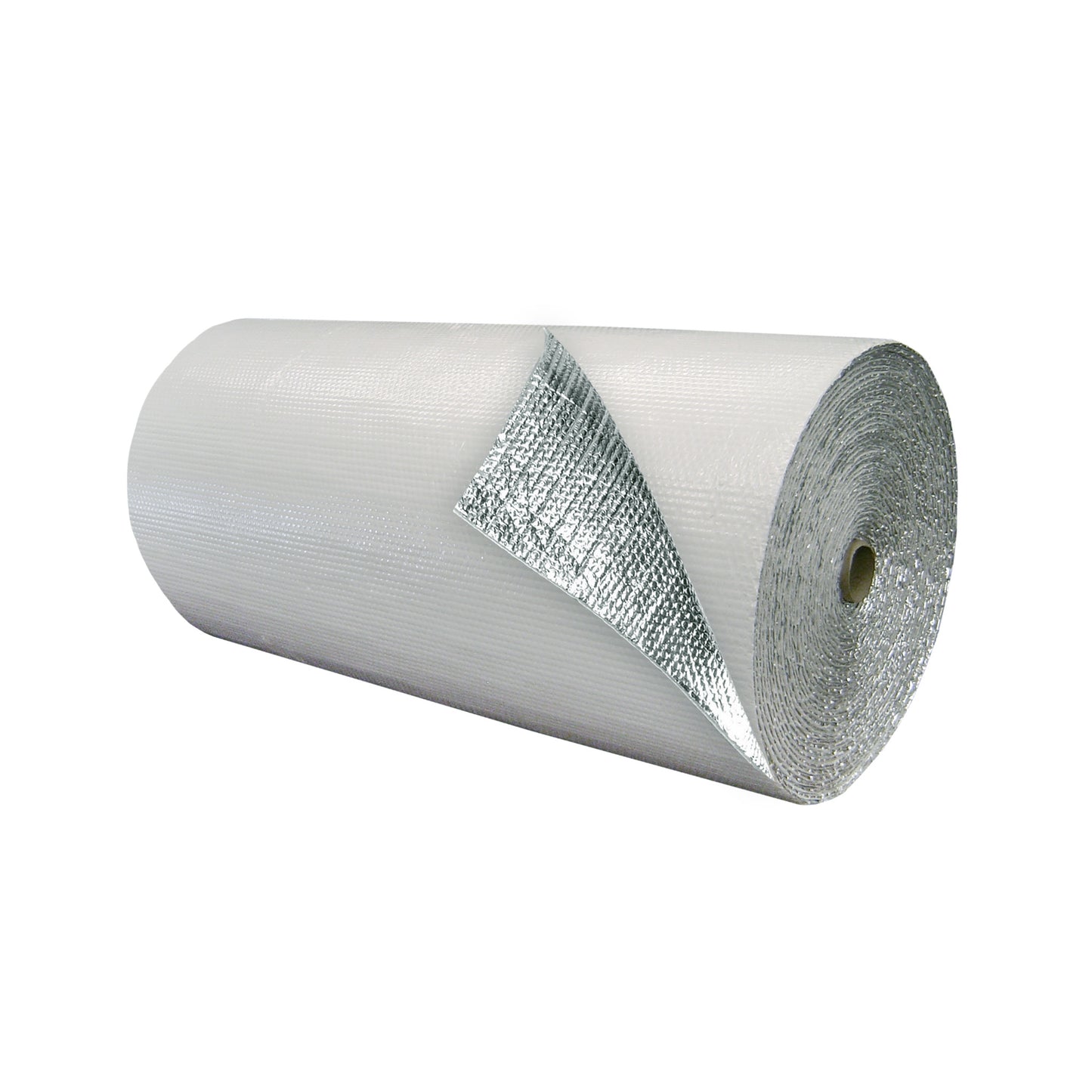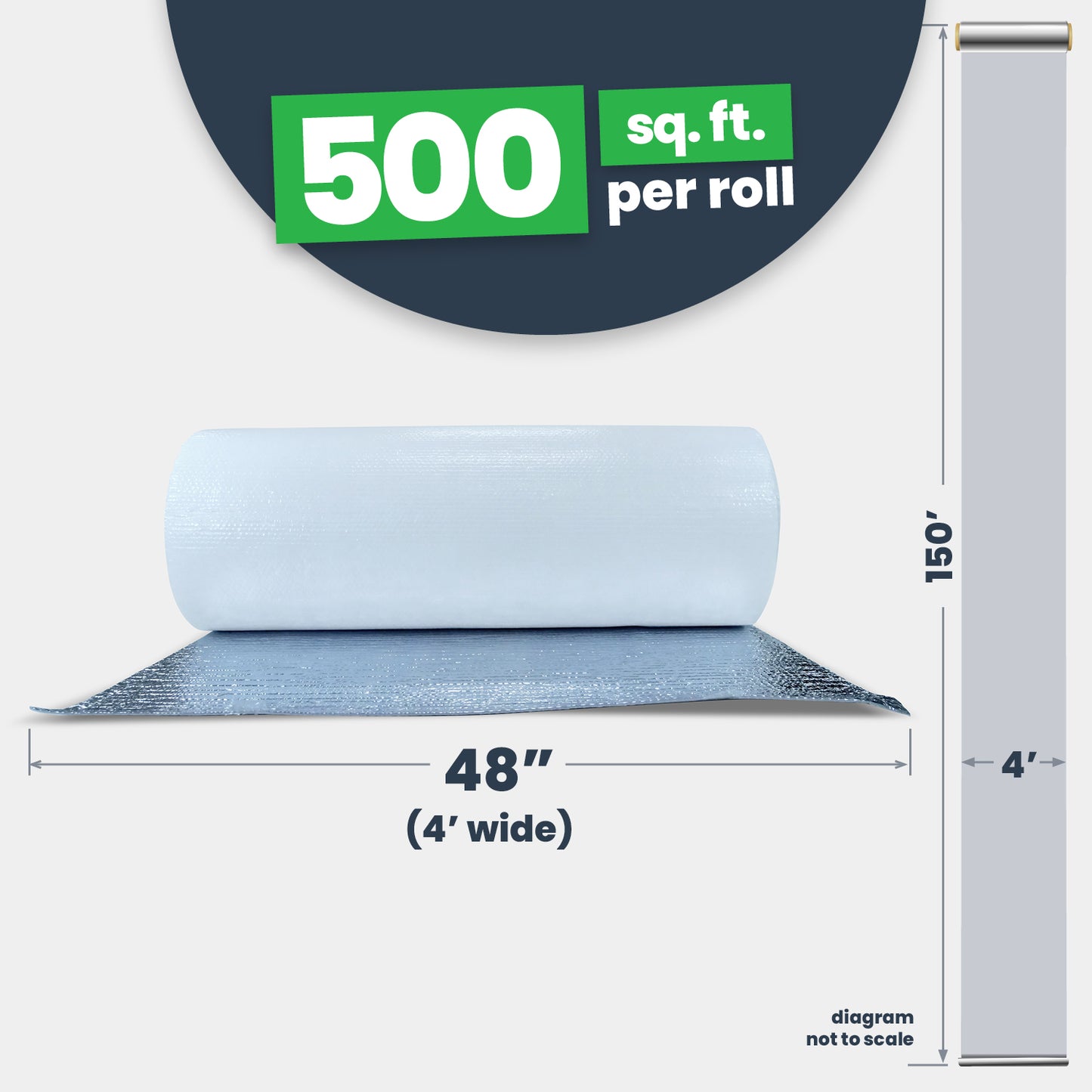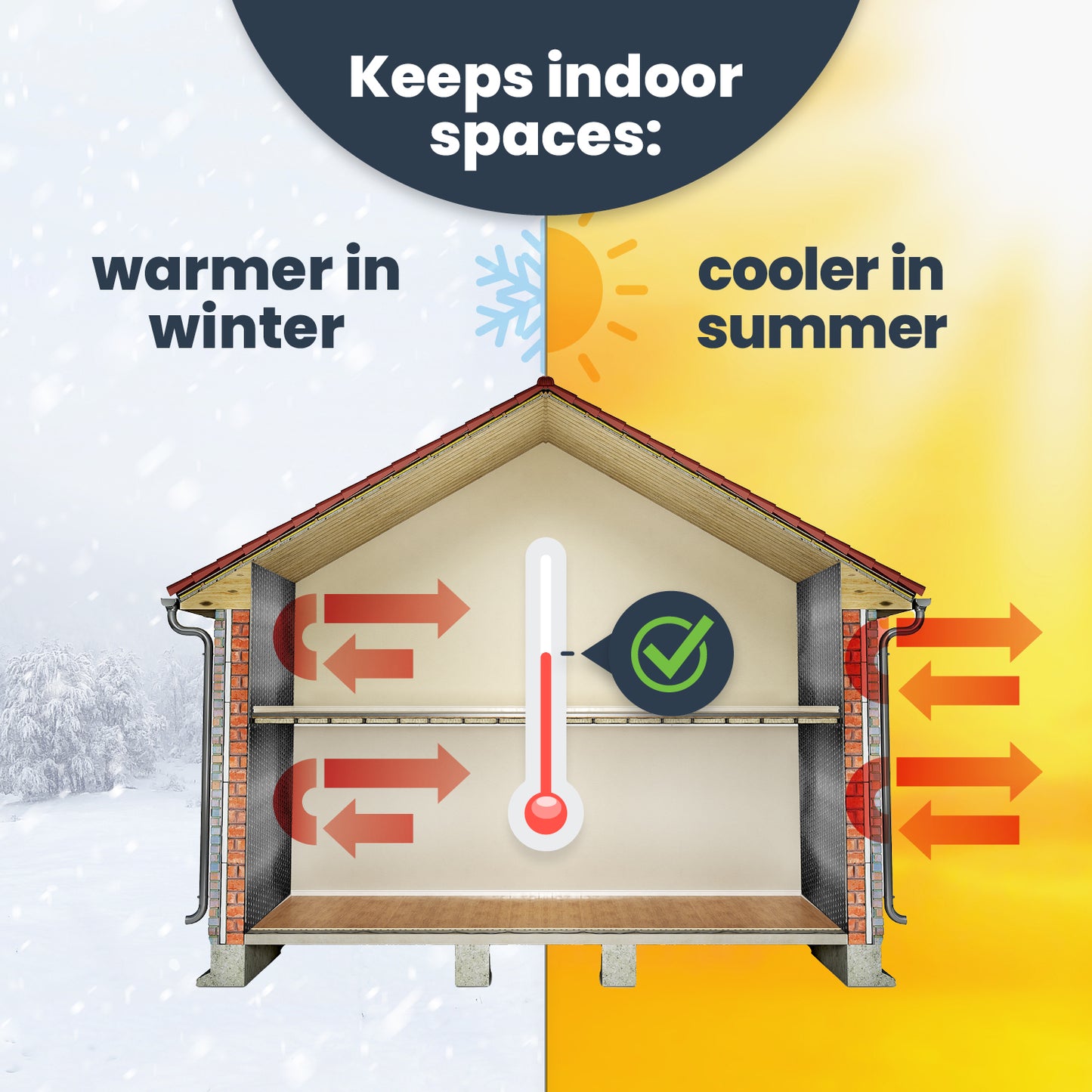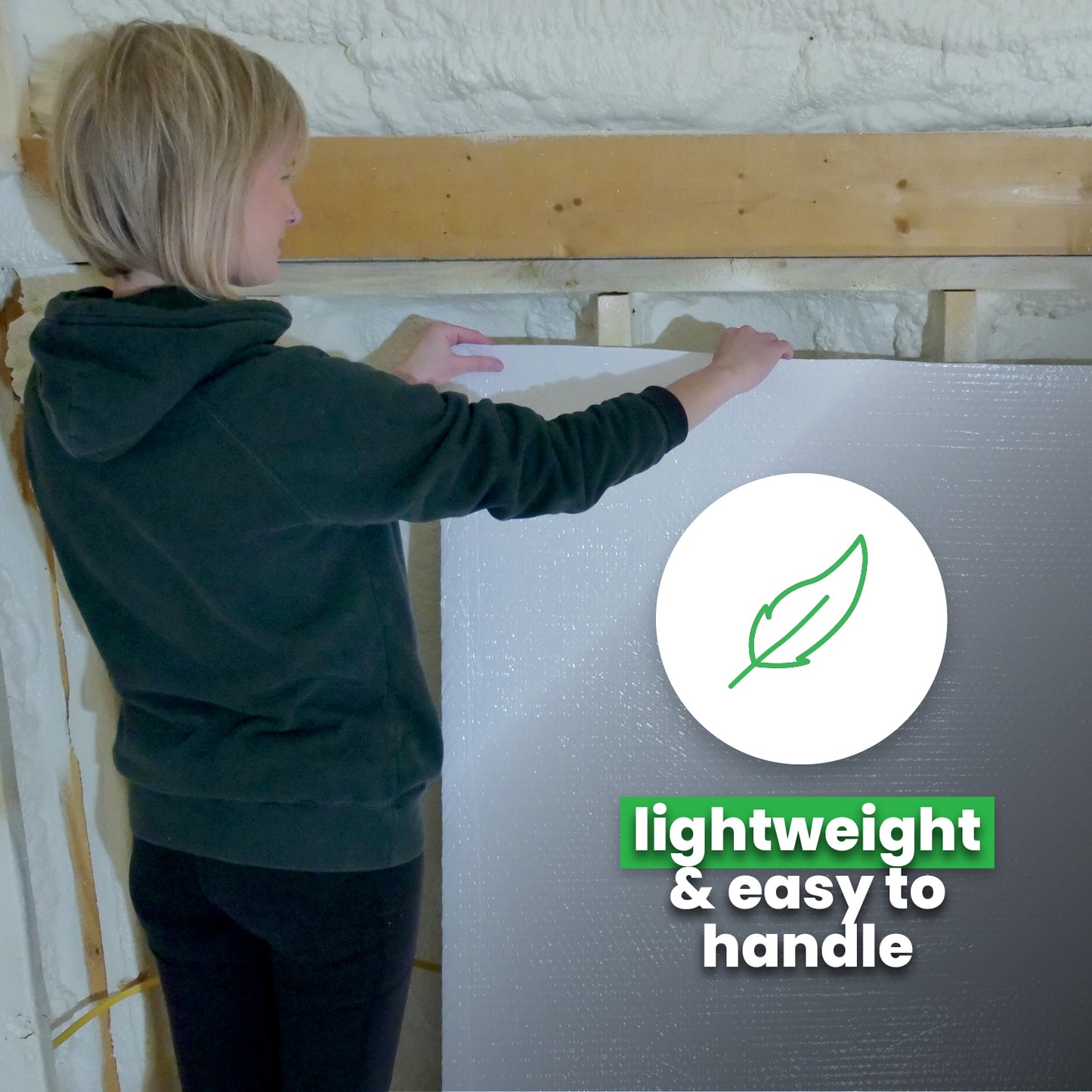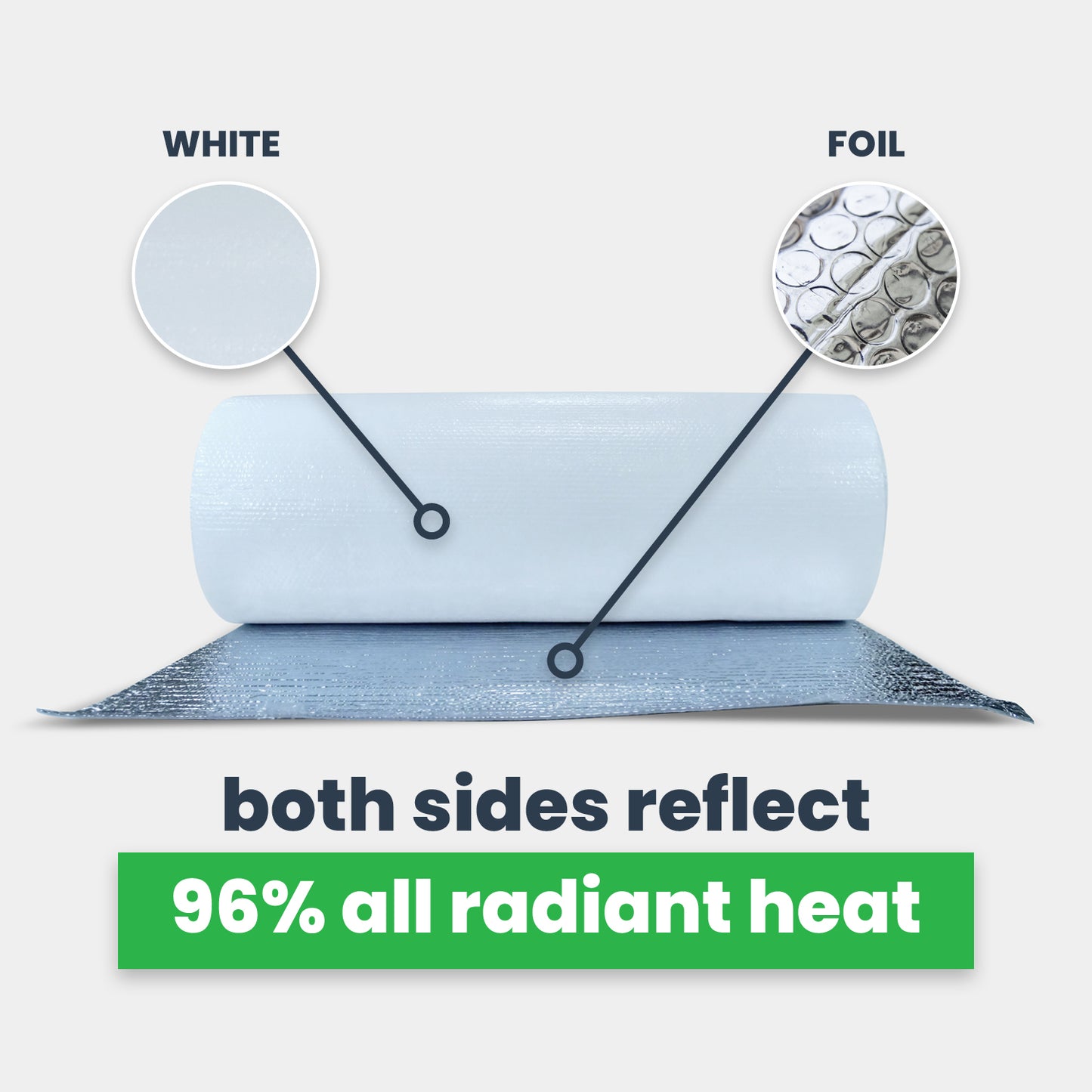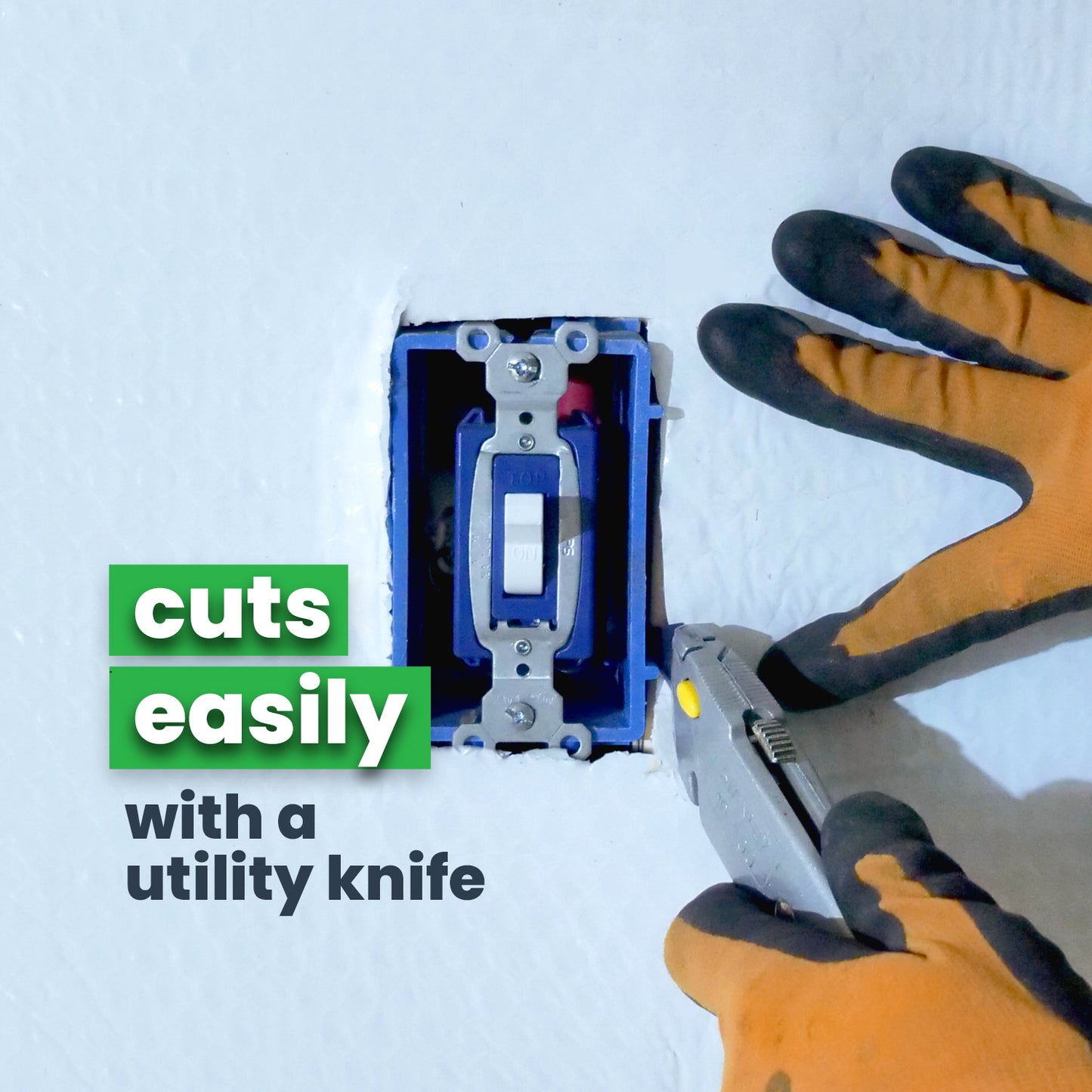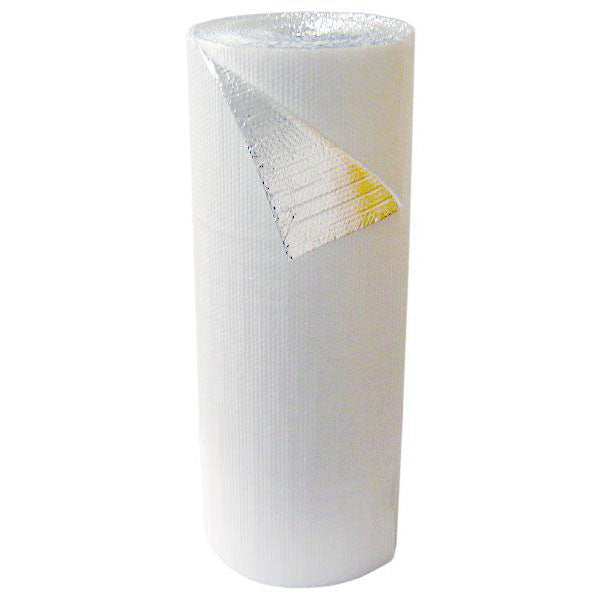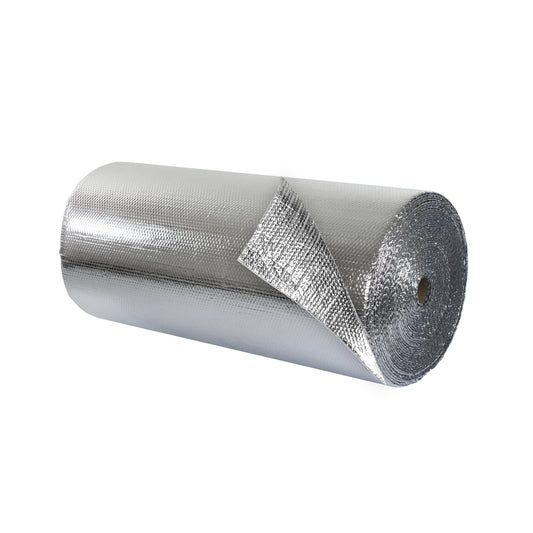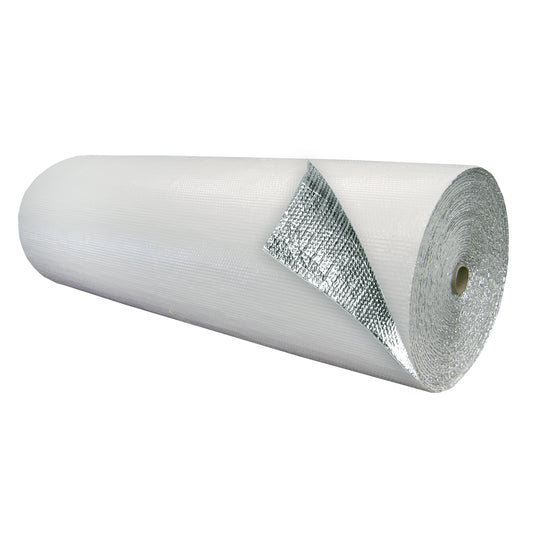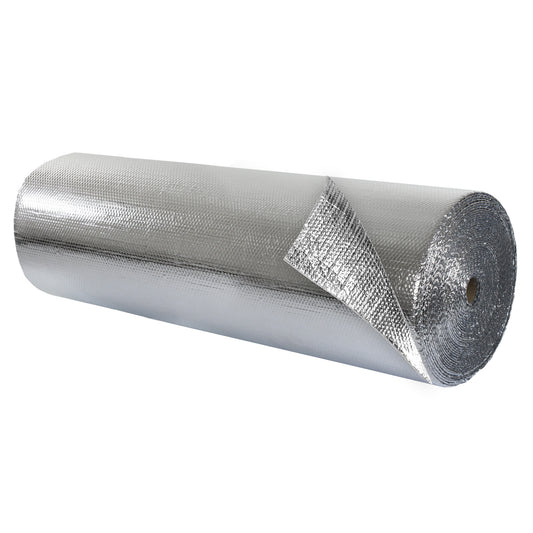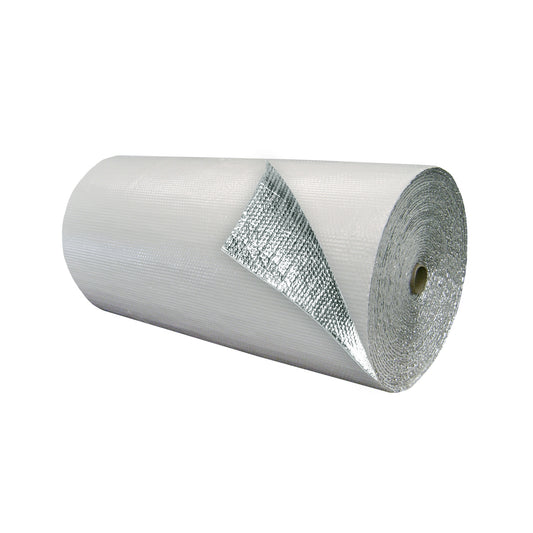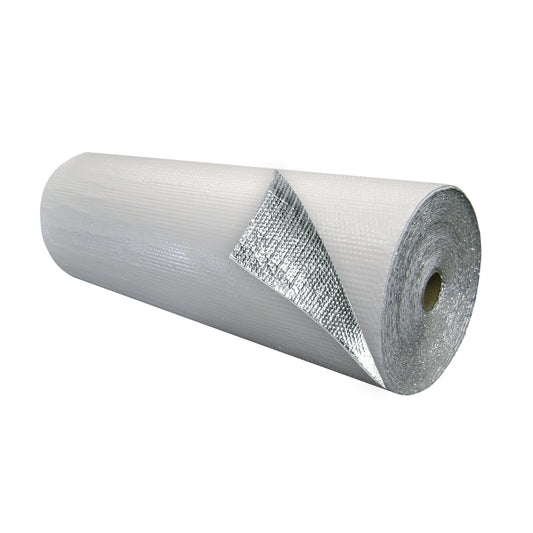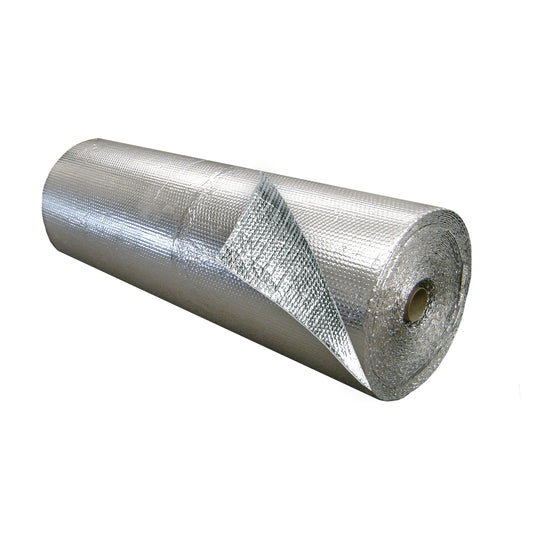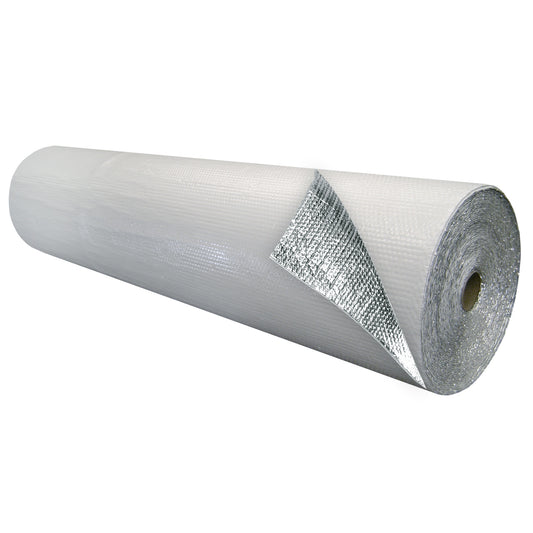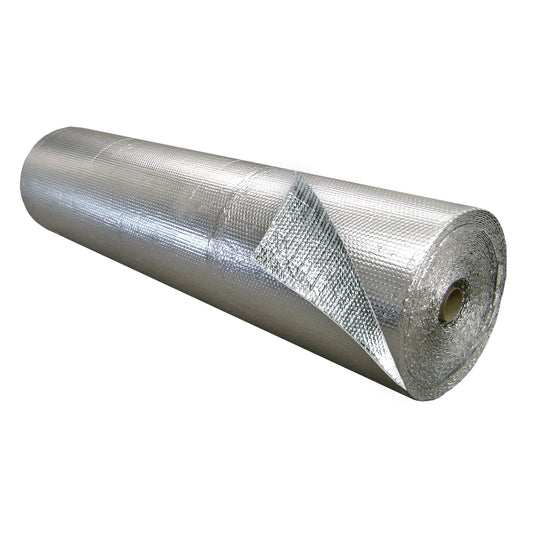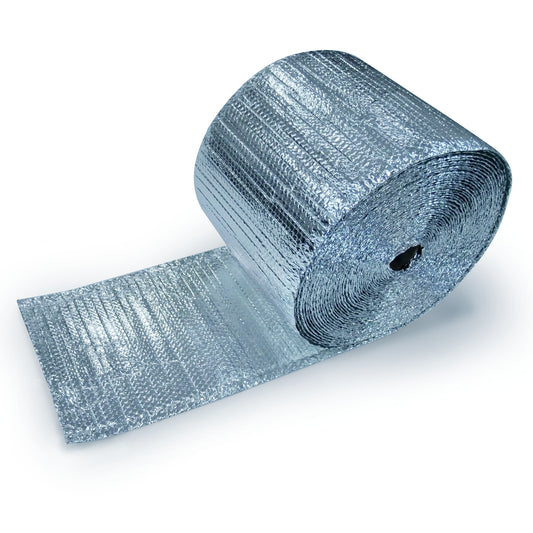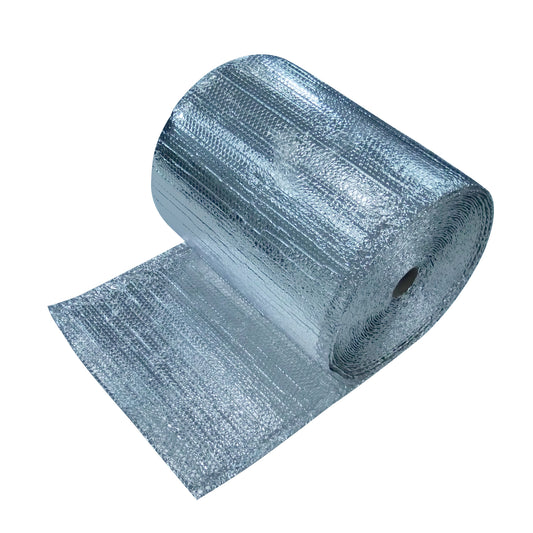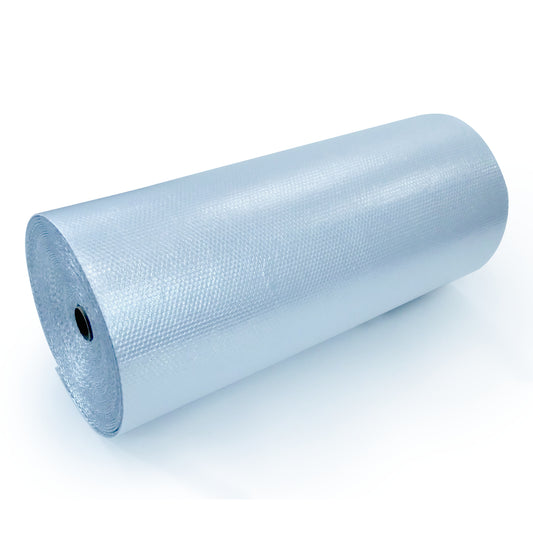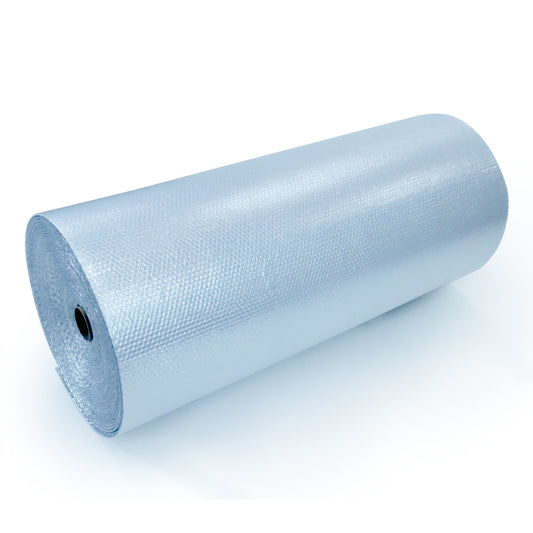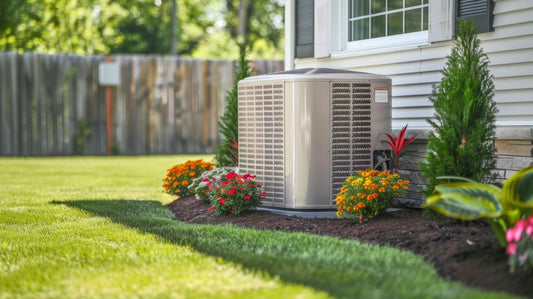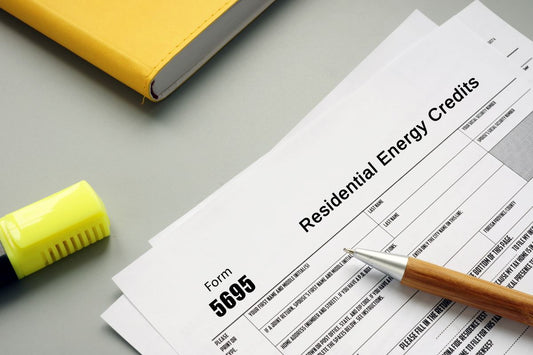Have you ever started renovating your home, garage, or other important building and asked yourself "how much insulation do I really need?"
Calculating the right amount of insulation for your project doesn't have to be rocket science. However, you need to consider a few different, yet equally important, factors when coming up with the right quantity. It can be tempting to undershoot the amount needed for your project if you're solely focused on the surface area. When you don't account for other factors like the types of insulation used, the spaces they will be applied to, and their respective r-values, then you open yourself up issues down the road which can affect things like your HVAC system or your monthly home electric bill.
Read on to learn about calculating insulation and understanding how much you need in order to get the job done for your project.
How Much Insulation Do I Need?
When it comes to creating an energy-efficient and comfortable living space, insulation plays a crucial role. Calculating how much insulation you need is an important decision in the building or renovation design process. There are a few factors to consider when answering the question "how much insulation do I need?"

Surface Area & Space
The first factor to consider is the surface area of your home that requires insulation. You will need to identify these places and measure out each space for their respective surface areas. This includes calculating insulation for walls, ceilings, floors, basement, and your attic space.
- Learn more about applying radiant barrier for Attic Insulation!
Measuring these areas accurately helps you calculate the overall insulation requirements. To do this, multiply the length and width of the wall's space to come up with its surface area. This can also be done for your floors and ceilings that require insulation. For irregularly shaped spaces, dividing them into smaller, more manageable sections can simplify this process. You should also take the surface areas of any windows or doors that won't need insulation and subtract it from your total surface area.
Outside of the length and width of your surface areas, consider the cavities, or between joist areas, of your walls, floors, and ceilings that require insulation. These absorb the radiant heat most, and with insulation types like loose-fill commonly seen in older homes, they perform worse at absorbing the heat. Replace any older insulation with new types like batt, spray-foam, or between joist reflective insulation.
 Graphic from U.S. Department of Energy.
Graphic from U.S. Department of Energy.
R-Value for Insulation
The second factor to consider is the R-value for each type of insulation used. R-value is a crucial metric that measures the insulating effectiveness of a material. It represents the resistance of insulation to heat transfer—the higher the R-value, the better the material's ability to resist heat flow.
To determine how much insulation you need, you must consider the recommended R-value for your geographic location and climate zone. This information is typically available from local building codes or the U.S. Department of Energy's guidelines.
The recommended R-value varies depending on the region, and it is based on factors such as average temperatures, heating and cooling requirements, and energy efficiency goals. For example, colder regions require higher R-values to provide optimal thermal insulation, while warmer climates may have lower R-value requirements. Understanding the specific R-value recommendations for your area will ensure that you achieve the desired level of comfort and energy efficiency. This may involve creating a multilayered installation that can include different insulation materials to achieve a higher R-value for your home or building. Consult with a local insulation contractor to help determine the right materials needed to meet your recommended R-value.

Insulation Type
Finally, you need to determine which types of insulation you need for specific applications. There are many different types of insulation that offer varying levels of thermal performance, installation ease, and cost-effectiveness.
- Fiberglass: Fiberglass is one of the most popular choices due to its affordability and versatility. Consisting of fine glass fibers that trap air, slowing down heat transfer, these come in batts, rolls, or even loose-fill forms. Fiberglass is commonly used in walls, attics, and floors.
- Cellulose: Cellulose contains recycled paper and plant fibers that offer excellent thermal and sound insulation properties. These are commonly used in between studs and can also be blown in or installed as loose-fill.
- Spray Foam: Spray foam is a two-component material that expands upon application, filling gaps and sealing air leaks effectively. It provides excellent insulation and is ideal for hard-to-reach areas or irregular shaped spaces.
- Reflective Insulation: Reflective foil works by reflecting radiant heat transfer rather than absorbing it, and applies to all types of applications from walls, ceilings, floors, and attic spaces. In hotter climates, they reflect heat away from your living space. In colder seasons, they reflect heat back into your living space.
There are plenty of other insulation types available to use, with some materials catered to work in specific climate regions. It's important to note that you don't need to use just one type; rather, you can experience greater energy savings by combining traditional insulation—which absorbs heat—with radiant barrier or reflective insulation—which reflects the heat both away from and back to its source.
Additional Tips on Calculating Insulation
-
Do a pre-check. If you plan on doing a renovation to your existing home, then check to see what insulation you already have. Depending on its condition, you may need to gut and replace it or add it into your calculations and potentially save some money on this project. Talk with a local expert if you're not sure about the condition of your existing insulation.
-
Always measure for more. Make sure you have plenty of insulation to work with for your project. It's always good to have more than what you measured for in the instance that your measurements were off, or that you forgot you needed material in an unmeasured area. This keeps the building or renovation project in motion, preventing any delays for additional insulation deliveries.
-
Accommodate each space. Insulating walls is different from insulating attics or even crawlspaces. Different environments require different materials of different R-values. Because of this, you'll want to make sure you provide enough of the right insulation for each specific application in your project.
- Ask for help. Whether you ask another DIYer to check over your math, or consult a professional on calculating the insulation you need, don't be shy in asking for help. Our team of product experts is an excellent resource if you ever find yourself in a bind. Call us at 888.349.3645 or send us a chat, and we'll help you determine the right quantity of materials and insulation tape.
Calculating Insulation with EcoFoil
Insulation can easily be an overlooked component to your entire building or renovation project. When it comes to creating an energy-efficient and comfortable living space, insulation plays a crucial role. Whether you're constructing a new home or planning to upgrade your existing one, calculating how much insulation you need is an important consideration. Remember, investing in adequate insulation will not only enhance your living environment but also lead to long-term energy savings and a reduced carbon footprint.
More Articles You May Like
Installing Radiant Barriers: The Importance of Air Space
Home Remodeling with Reflective Insulation: Why You Need It
How to Insulate a Concrete Slab for Floor Insulation
What Tools Do I Need When Installing Reflective Insulation?
Talk with our product experts by email or call (888) 349-3645 for any questions you have on calculating insulation.


